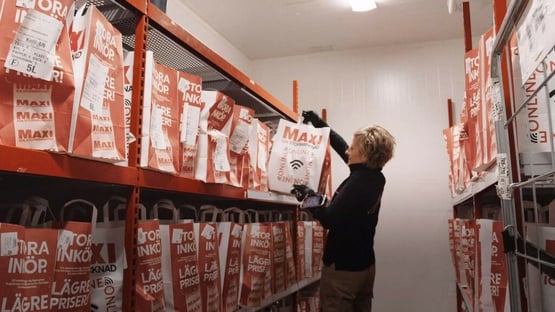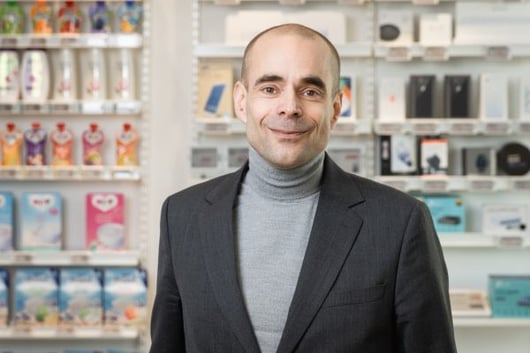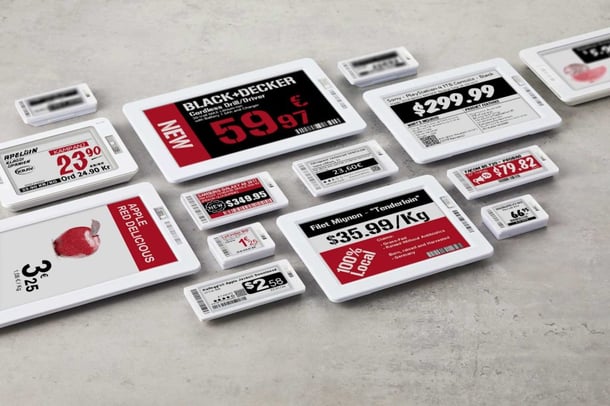Dark stores move into the light

Dark stores have gone from cutting edge to business as usual almost overnight, in response to customer demand signals that are no longer simple, Magnus Larsson, acting CEO at Pricer
It wasn’t many years ago that, when the concept of dark stores was first introduced, most people did a doubletake and had to have the concept explained to them several times before they really understood. And even early experiments seemed almost surreal; the idea that a store could act as a warehouse, or indeed vice versa, was the stuff of futurology rather than real life. 
In some cases in some countries, early experiments were unsuccessful, for a number of reasons. One was that the concept was not well promoted to potential customers so traffic was slow. In other cases, the retailer concerned was simply not able to run the supply chain necessary to manage a store as well as a warehouse.
In some countries, retailers fell foul of planning laws which resisted longer opening hours, and indeed there is still some resistance to this in some areas. Now, fast forward a few years and the exigencies of Covid and an increased pressure to compete in a high inflation environment, have turned many of these pilots and experiments into business as usual.
This business as usual has been embraced almost immediately by customers, particularly during Covid when they wanted to avoid delivery costs, and still wanted to touch and feel goods before purchasing them, and were perfectly happy for the opportunity to get out and about and visit a store that was otherwise closed. This after all was personalised shopping on a whole other level.
Now, we are seeing the growth of hybrid models for store use that go beyond the original conception of a dark store, particularly where there may be one member of staff on site. We are even seeing existing stores repurposed to the point where the balance of trade and traffic shifts to click and collect. The fast food industry has been at this for years, to the point where the main restaurant is dominated by drive thru and deliver to vehicle orders.
So, there is no shortage of creative thinking around store use, particularly as some retail sectors see more of their business shift on line and store traffic fall. The economics of demand and consumer preferences have forced these moves.
However, this brings new challenges around inventory management; how can retailers ensure that the right stock is in the right place in the right quantities at the right time to get the sale. While this has always been the job of the supply chain to fulfil as best as it can, the demand signals at the front end are not always clear; sometimes they are wrong and sometimes they are simply missing.
The shelf edge that is trying to manage such a fragmented fulfilment landscape cannot cope if its only weapon is paper labels. Only electronic labels can manage dynamic inventory and reflect accurate stock status in terms of pricing, location, item details and use/sell by dates. And only electronic labels, as part of a network of additional functionality, can ensure replenishment reflects not just store demand, but demand across all channels, fulfilment types and individual customer preferences.

For instance, where orders are being picked for online orders, flash technology can alert the picker to stock location so that pick rates can rise from a current industry average of 25 items picked per hour to as many as 150. Pricer’s own research in a leading brand of food store show that time saved on every item picked is 5-10 seconds. At 100 orders, 30 items per order, 20 EUR hourly cost, 7 days / week, 7 second pick save equates to => 42 500 EUR annual saving.
There is clearly a double win here; the retailer gets to fulfil orders quickly for consumers that want faster and faster delivery, while at the same time improving labour productivity in a market where staff wages are continuing to rise in a tight labour market.
Another immediate benefit is the ability to change all prices at once and within seconds, critical for retailers that need flexibility around prices as the role of the store changes throughout the day to reflect the type of business going through it.
Technology at the shelf edge turns the status of stock from static to dynamic, so that it is available to sell to any customer through any channel at a moment’s notice. This has always been the goal of shelf labels; the dark store concept and its various permutations are simply the latest attempt to put more energy behind stock in a world in which demand has become more immediate, less predictable, more changeable and more personalised.
This article was originally published in Retail times on November 17, 2022